Unveiling the Truth Behind Mozart’s Thematic Catalogue
Groundbreaking Research Published in the Journal of Forensic Document Examination
Anna Trombetta, Professor Martin W. B. Jarvis from Charles Darwin University, and I, Luca Bianchini, have published a peer-reviewed article titled Unveiling a New Sophisticated Ink Analysis Technique, and Digital Image Processing: A Forensic Examination of Mozart’s Thematic Catalogue.
This research, which underwent an extensive double-blind peer review, has appeared in a journal that serves as a global reference point for forensic document examiners and court specialists.
"Our findings reveal that the Thematic Catalogue, a supposed cornerstone of Mozart scholarship, is in fact a meticulously constructed posthumous forgery."
The Authors
What Did We Discover?
Our investigation reveals that Mozart’s Thematic Catalogue, long considered a primary source for dating his compositions from 1784 to 1791, is in fact a posthumous forgery created around 1798 at the behest of Constanze Mozart. This finding calls into question the attribution, dating, and cataloguing of many works credited to Mozart.
The Innovative Ink Analysis Technique
I developed a state-of-the-art software in C# that performs a non-destructive analysis of the inks used in historical manuscripts. By breaking down high-resolution images into their red, green, and blue (RGB) components, our method distinguishes between different ink compositions and exposes chronological inconsistencies. This approach not only revealed multiple stages of writing in the Thematic Catalogue but also offers potential applications for authenticating other 18th-century documents, such as manuscripts by Beethoven or other composers.
Why Does This Matter?
The implications are far-reaching. The Thematic Catalogue has underpinned the official narratives and cataloguing systems of Mozart’s works. Our findings necessitate a major re-evaluation of these attributions, affecting the entire field of Mozart scholarship.
Contact Us for More Information
We welcome discussions with journalists, musicologists, and forensic experts. If you have questions or wish to interview the research team, please don’t hesitate to get in touch.
Stay Updated
Follow our research and related events on Mozartrazom and our affiliated websites. We are committed to disseminating our findings broadly and engaging with a diverse international audience.
Thank you for your interest in our work. We invite you to explore, question, and rethink what you know about one of the most celebrated composers in history.
Keywords
- Mozart, Thematic Catalogue, forensic analysis, ink composition, manuscript authenticity, Constanze Mozart, Martin W. B. Jarvis, digital image processing, musicology, historical forgery, primary source verification.
You May Also Like
Bohemia or Moravia: Reconfiguring Music History
Why does music history insist on an Austrian narrative, when the contributions of other nations are just as crucial?
The True Caregiver: A Closer Look at Mozart’s Final Days
Who truly cared for Mozart in his final days: his wife Constanze or his sister-in-law Sophie? The True Caregiver unravels this age-old mystery, challenging our perceptions and shedding light on the figures closest to the composer in his last hours.
The Mysterious Origins of Mozart’s K.115
The story of Mozart’s Mass K.115 is one of myth and mistaken identity, pointing not to Wolfgang’s genius but rather to his father Leopold’s hidden influence.
Unveiling the Truth: Mozart in Paris
Unveiling the often-overlooked reality of Mozart’s time in Paris reveals a story of manipulation and deception, far removed from the glorified narratives crafted by his father, Leopold.
The Questionable Legacy of Niemetschek’s Biography
Leopold Mozart’s life was a whirlwind of ambition, deceit, and disappointment—a stark portrait of a man chasing success at any cost.
Leopold Mozart: A Portrait in Shadows
Leopold Mozart’s life was a whirlwind of ambition, deceit, and disappointment—a stark portrait of a man chasing success at any cost.

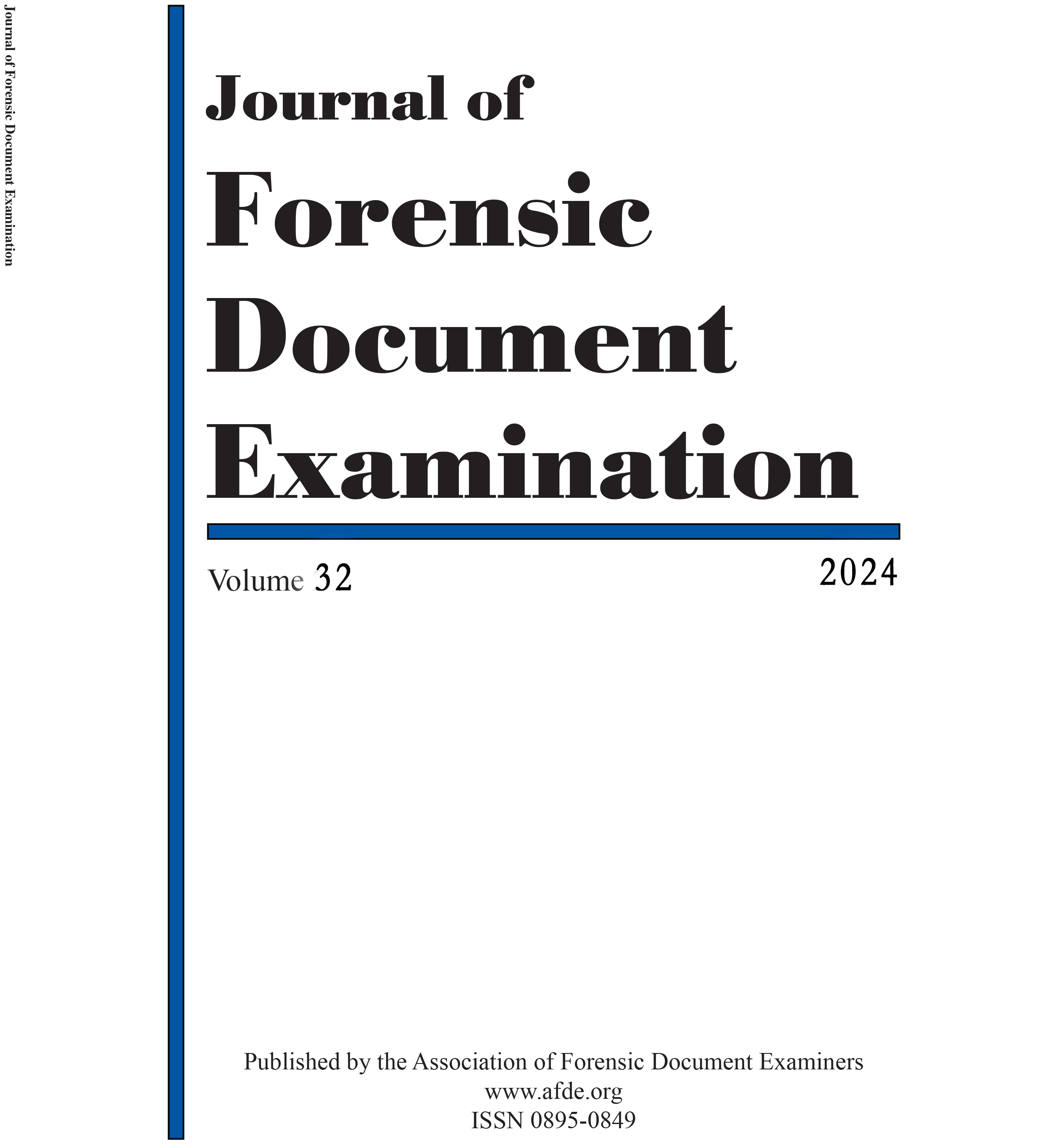

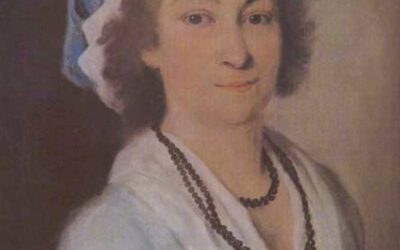
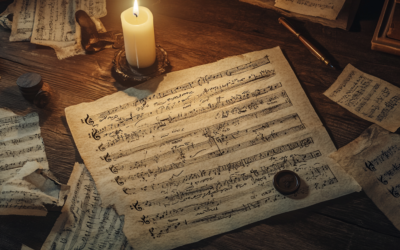

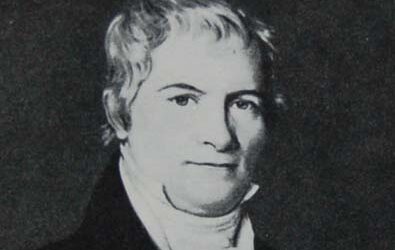
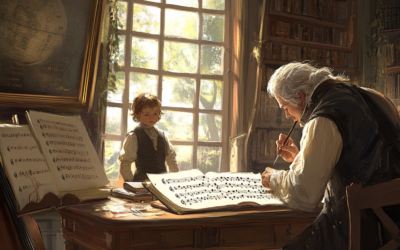
It is not surprising to me, as a Mozart researcher, that Constanze Mozart discovered that the public could be defrauded, easily. She carried this out directly after Mozart’s death by discovering an unfinished score – a Requiem — in a mass of Mozart’s scores in a closet. Realizing that she could sell a completed score to music publishers and wealthy Mozart afficionados in Vienna and abroad, she presented this as Mozart’s ‘swan song’. She found her solution in Franz Sussmayr, Mozart’s copyist, who secretly finished a score. He confessed this in a letter of 8 February 1800 to music publisher Christoph Breitkopf. So it’s no surprise that in 1798 or 1799, she perpetrated another fraud — creating a Mozart catalogue, with false entries of her husband’s compositions, hoping to make money from it. Bianchini and Trombetta’s meticulous research exposes Constanze’s deception, excellently.